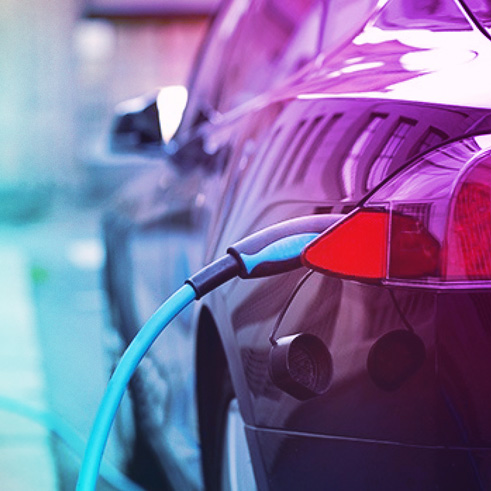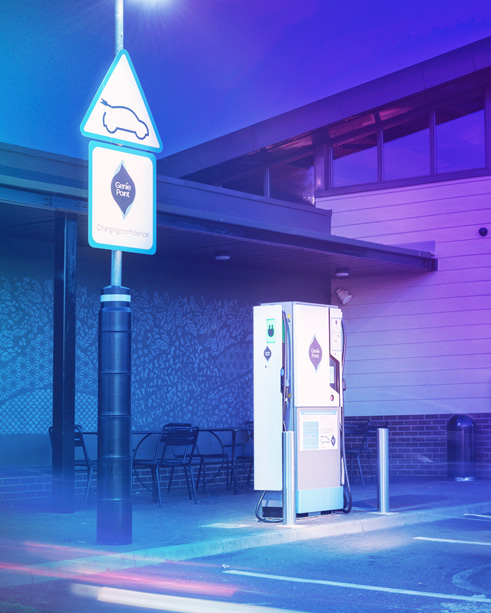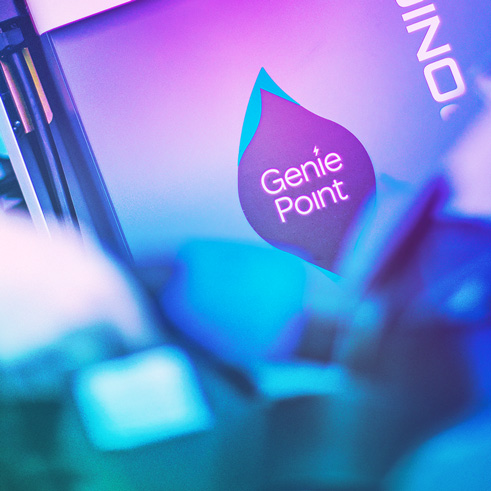

AC Fast charging explained
- AC Fast chargers consist of 7kW or 22kW chargers. Charging rates when using a 7kW or 22kW charger will depend on the Vehicle's on-board charger.
- For example, a Vehicle fitted with an 11kW onboard charger will only consume 11kW even if the charger can deliver 22kW.
- Please check your vehicle handbook for more detail.

DC Rapid charging explained
- DC Rapid charging consists of CHAdeMO or CCS charging standards. DC chargers provide power at 50 kW (125A). Charging a DC enabled Vehicle to 80% can take between 20 minutes to an hour depending on the battery capacity and state of charge.
- “DC” refers to “direct current,” DC Rapid Chargers convert AC power to DC within the charge point and deliver DC power directly to the battery, bypassing the on-board charger, reducing the charge time significantly. DC Chargers are either CHAdeMO or CCS (Combined Charging System) enabled.
Tip - When you plug a CCS enabled vehicle into a charge point, the vehicle immediately starts trying to make the handshake with the charger, if this does not happen within two minutes, the car will shut down and refuse to make the handshake, our customers are more successful when plugging in last.
Get the most miles on a Rapid 50kW charger
- It takes about the same amount of time to charge from empty to 80% than it does to charge from 80 to 100%.
- Therefore, it is more efficient for you to stop your charge at 80% and visit another GeniePoint charger for an additional top.
A DC rapid charge point is in constant communication with the EV connected to it. It monitors the car’s state of charge (SOC) and delivers only as much power as the vehicle can accept, which can vary by model. The charge point regulates the flow of electricity accordingly in order to protect the vehicle’s charging system and battery. Once the charge starts and the car’s battery is warmed up, the flow typically increases to the vehicle’s maximum input (or the maximum output of the charger). The charger will sustain this rate for as long as possible, though it may slow if the vehicle tells the charger to do so, so as not to compromise battery life. Once an EV’s battery reaches a level of capacity, typically 70 - 80% (depending on the vehicle type), charging slows significantly. This is known as the DC Rapid Charging curve.
How to release stuck cables?
Some vehicles will lock the cable into the car and cannot be released via the charge point but only via the vehicle. Some tips if this happens to you!
- Try starting and stopping the charge again and removing the cable from your vehicle as soon as the charge stops.
- Long press your unlock button on the key fob (3-5 seconds).
- Check the inside of your vehicle for any unlock cable buttons.
- Check your vehicle's native APP for any unlock commands or tips.
- Check your vehicle handbook for the emergency cable release process (this is usually a loop or lever located under the bonnet that needs to be physically reset by you).
Checking Timers
If you have ruled out all other factors (you have a GeniePoint account in a positive balance/signed in as guest and pre-approved charging credit), and your car is still not charging, please ensure that it is powered down and in park.
Some vehicles also have charging timers set so that the vehicle will only accept a charge between certain time periods. Check your vehicle handbook to locate where these may be on your vehicle.
How to start a charge
- Click on Login/Access.
- Enter your email address and password.
- Click on Start a charge.
- You should see the charger you wish to use at the top of a list of nearby chargers.
- Click on the charger, press the Charge button next to the connector you wish to use, click 'Start Charge' and plug in Immediately.
Your charge should begin within a few seconds, depending on your vehicle.

Can’t find what you’re looking for?
Check out our Guides to charging
Our chargers are very user friendly, however, we know that not everything is straightforward at first. If you are having an issue while at a charger, or simply looking for information, our guides are the quickest way to get it. For more information on using the GeniePoint Network, you can refer to our main guides page.